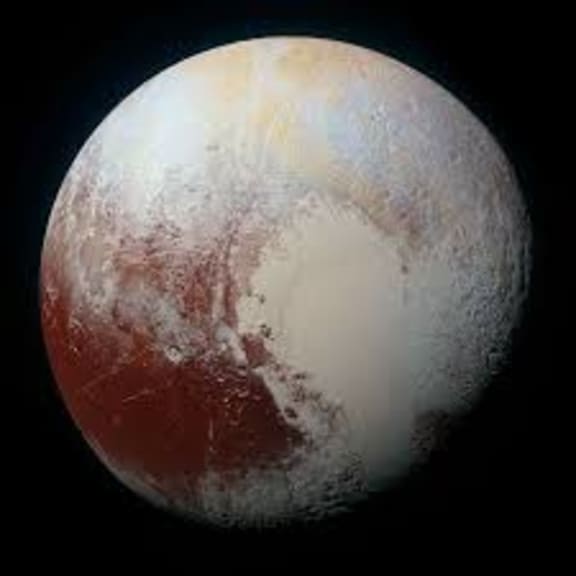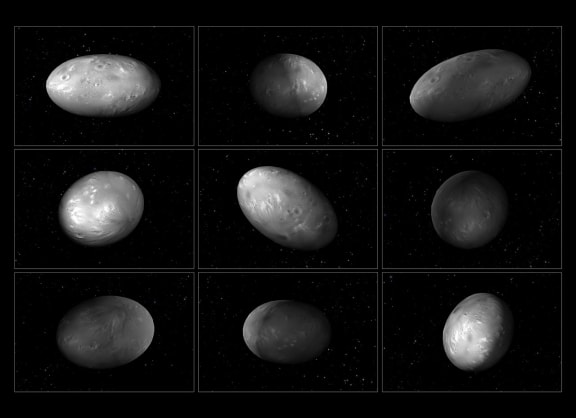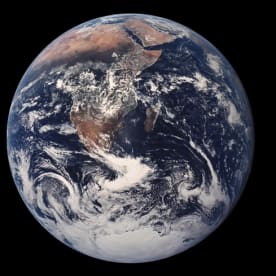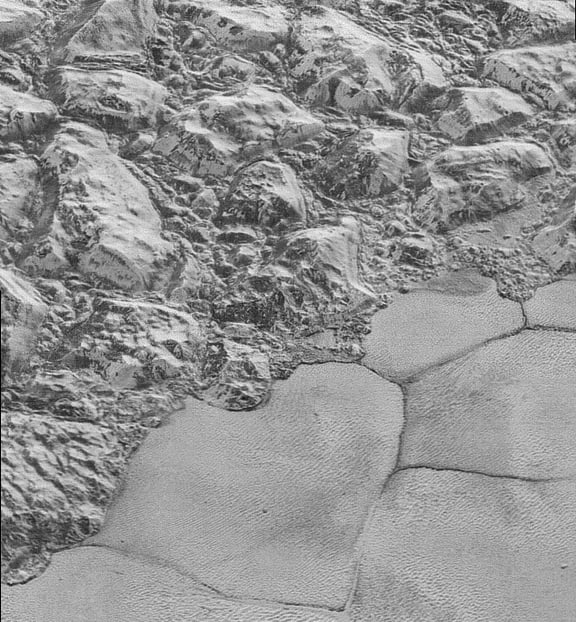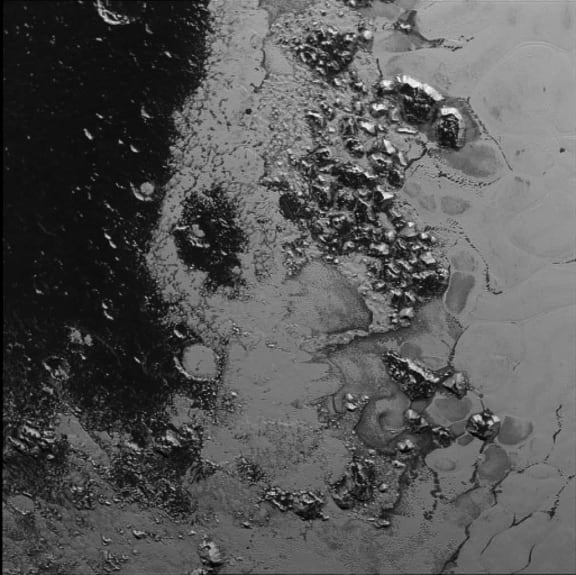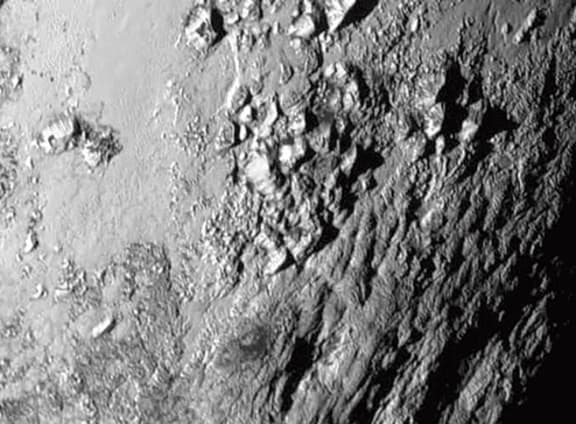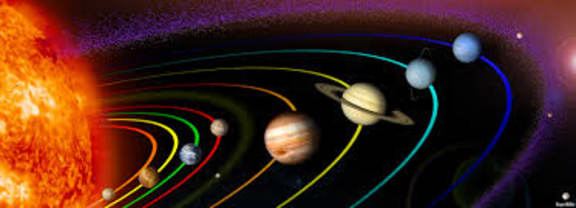Scientists have found out a lot more about the blue-tinged dwarf planet Pluto in recent months, including that it has mountains over 3,000 metres high, craters, dunes, glaciers, and five moons.

Photo: NASA
The new discoveries come in large parts thanks to the determination of Alan Stern - planetary scientist, aerospace engineer and the principal investigator of the New Horizons mission, which launched a plutonium-powered spacecraft set for Pluto more than nine years ago.
It got to its destination - or rather, did a passing fly-by - in July this year.
And while the photographs of Pluto it sent back have revealed a lot about its icy geology - and raised many more questions - the data is still being downloaded back to Earth and will continue to be for nearly a year.
Preparation and planning for the Pluto mission began way back in the 1990s. The spaceship hibernated for about two-thirds of the journey to Pluto, off and on - in 18 different periods of hibernation in total - in order for it to reach the planet and conserve energy.
Dr Stern said making that mark was "exhilarating and very, very satisfying".
"When you have a one shot like this, there's always a little voice inside your head - 'what might we have forgotten?'... but I also had a lot of confidence in the spacecraft and our team, and expected it to go well, as it did."
"But when we got the signal back, it was a little surreal. This is an event we had planned for almost 15 years and it was now in our rear view mirror. We knew it was successful, the spacecraft was pregnant with data that the world had never seen. So we were just ecstatic."
The planet was like no other and was full of surprises, Dr Stern said.
"One of the most surprising things is that we did not expect Pluto to show signs of widescale current-day activity, and yet it does."
One example was a recently established and vast ice plain, more than 1000 kilometres in length - about the size of Texas.
All the water on Pluto is frozen, as the temperature is about 400° below zero.
Another surprise was that there were no more moons orbiting Pluto, after scientists had discovered there were five in the years prior to New Horizons' fly-by.
Pluto was discovered in 1930 by Arizona astronomer Clyde W. Tombaugh, and New Horizons carried some of his ashes on board at the request of his family.
"It's actually something that Clyde Tombaugh had requested, if there was ever a mission to Pluto, that some of his ashes would be flown aboard. And I just can't tell you how proud I was to be able to do that."
Dr Stern said New Horizons will carry on travelling through the cosmos long after its power runs out.
"We expect the spacecraft to be able to operate, to have the power to be able to operate, into the 2030s."
He said they'd like to keep exploring, with a target of examining a cluster of planets which are about 1.6 billion kilometres further away from the sun. Dr Stern said that mission would take place on January 1st, 2019 - and it wouldn't stop its deep space trip anytime soon.
"New Horizons is going fast enough that it will escape the sun's gravity and fly out into the Milky Way Galaxy, where it will orbit for all time. And really, space is so empty out there, it's very unlikely that New Horizons would be significantly changed even billions of years from now.
"It's humbling to think that we built something that may outlive the Earth itself," Dr Stern said.
